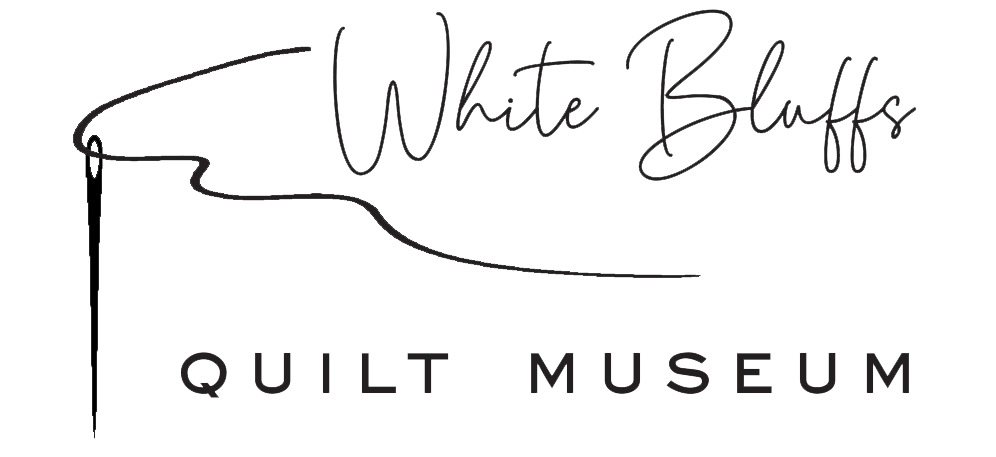Quilt Restoration and Repair
Development of a repair plan is highly dependent on the condition of the quilt, your plans for use of the quilt after repair (i.e. use it or maintain the quilt’s historical integrity), and your allocated budget. It is important to realize that a repaired or repaired quilt is not always not as good as new.
General considerations include 1) do as little as possible, 2) do not do anything that can’t be undone and 3) use methods and materials that are consistent with those originally used in the quilt.
Potential repair methods include:
Small rips or tears can be repaired by hand stitching the pieces together or by sewing a patch over the torn area.
Worn binding can be replaced.
Worn areas can be replaced by appliqué or by stabilization with tulle.
Clumped batting in tied quilts can sometimes be replaced.
In extreme cases, the quilt could be resized so only the good parts remain.
Quilt Consulting Services
Knowledgeable members of the White Bluffs Quilt Museum are available for one-hour consultations that will help you date, identify, and care for your vintage or antique family quilt. Information about repairing, cleaning, and storing your quilt for future generations is also available. If you would like to have a valuation provided for your quilt, the Museum can refer you to a professional quilt appraiser.
This service is free; donations welcome.
To set up an appointment call us at (509)943-2552 or email: info@whitebluffsquiltmuseum.org

